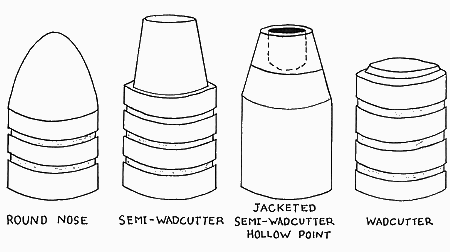I recently purchased my first firearm ( S@W model 686) and I intend to shoot both 38 and 357 at the range. Other than the information I just gave you, I know NOTHING about ammunition. I don't understand grain, caliber, hollow point, etc....nothing. So please, educate me or please provide me with some useful links.
Thank you and thanks in advance for tolerating my ignorance. I have to learn somewhere and this looks like a good place to start.
Thank you and thanks in advance for tolerating my ignorance. I have to learn somewhere and this looks like a good place to start.

